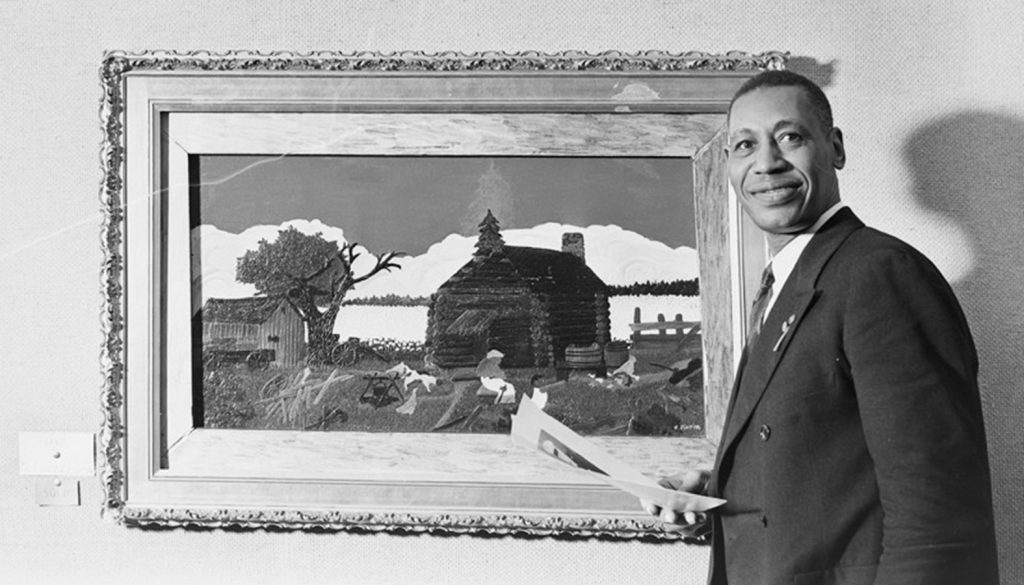Black History Artist Spotlight: Horace Pippin


Horace Pippin, Harmonizing (1944).
Horace Pippin was the first African American artist to be the subject of a monograph and, during his life, was featured in both commercial and museum exhibitions around the country, At the time of his death, in 1946, the New York Times noted that Albert C. Barnes, founder of the Barnes Foundation, described Pippin as the most important Black painter in America. And yet, in the years since, his name has faded into relative obscurity.
Born February 22, 1888, Pippin was a direct descendant of enslaved peoples and a World War I veteran. While serving with the all-Black 369th Infantry, also known as the Harlem Hellfighters, Pippin was wounded by a German sniper. He lost mobility in his right arm and never completely regained it. When he returned from the war, Pippin began making art in part as a form of physical therapy. He taught himself to paint by holding the brush in his right hand and using his left arm to move it.
After completing his first oil painting in 1931, Pippin went on to complete some 140 canvases between then and his death, 15 years later. Some of Pippin’s paintings depicted scenes from the war, as well as the racism he encountered upon his return to the US. Others are history paintings, biblical scenes, or simply show Black people in everyday life.

Holy Mountain
One reason that Pippin remains relatively unknown in the mainstream art world likely has to do with lacking the particular narratives about education, influence, and lineage that art history tends to value. Pippin was self-taught, disabled, and a veteran.
Whose stories are told? Whose are valued? Despite being one of the most important artists of his time—and his influence on contemporary painting remains clear—Pippin has received little recognition.SOURCE: CLICK HERE

CLICK HERE TO VIEW MY SELECTION OF BLACK ARTISTS LESSON PLANS
